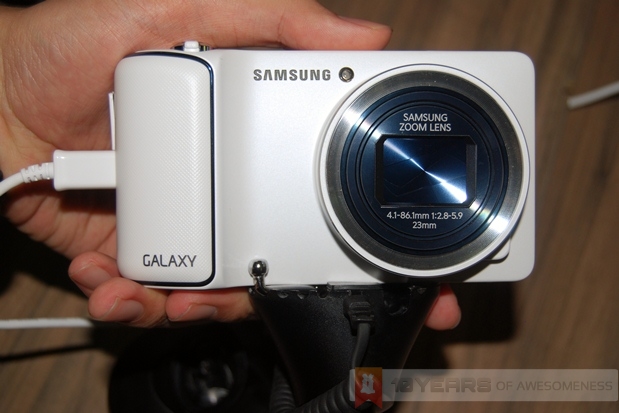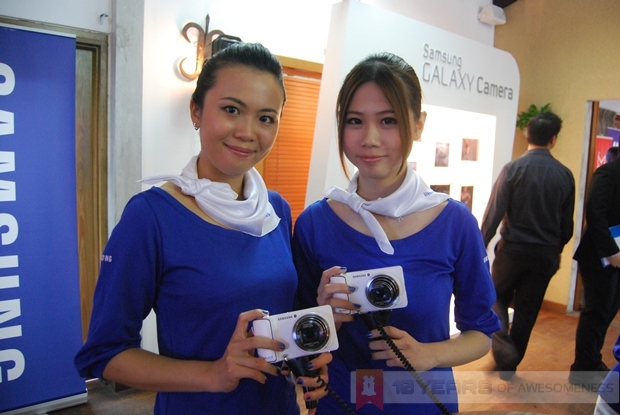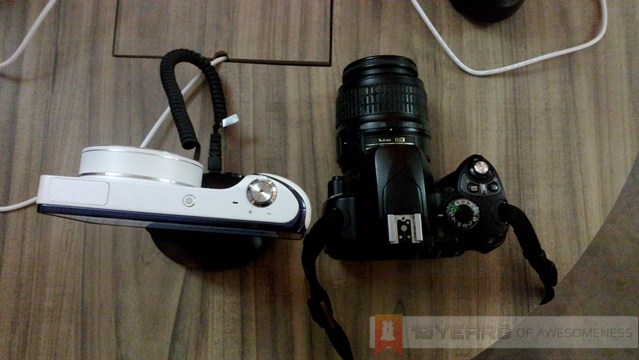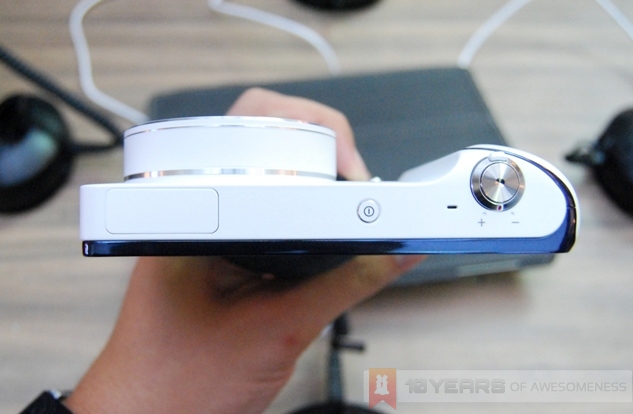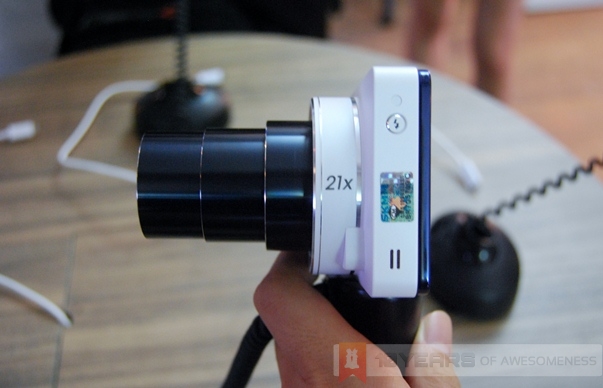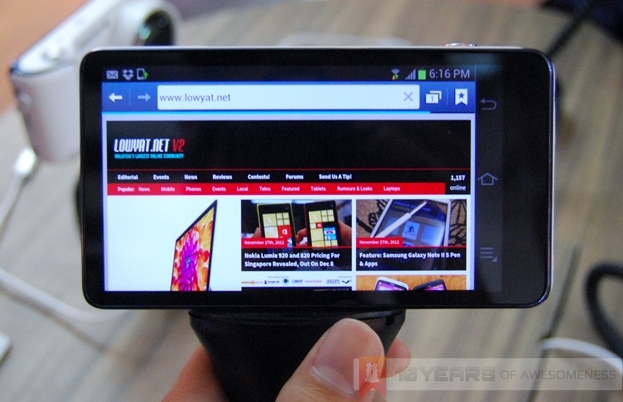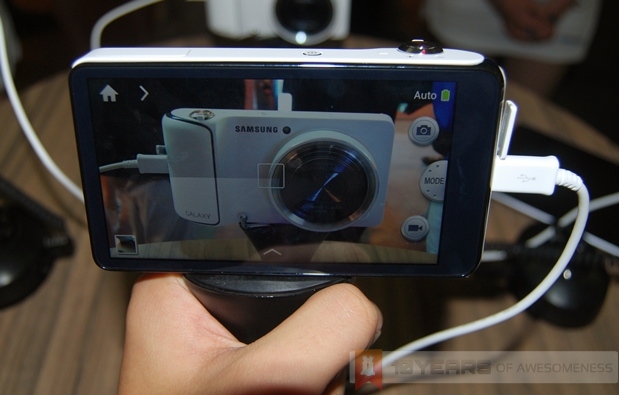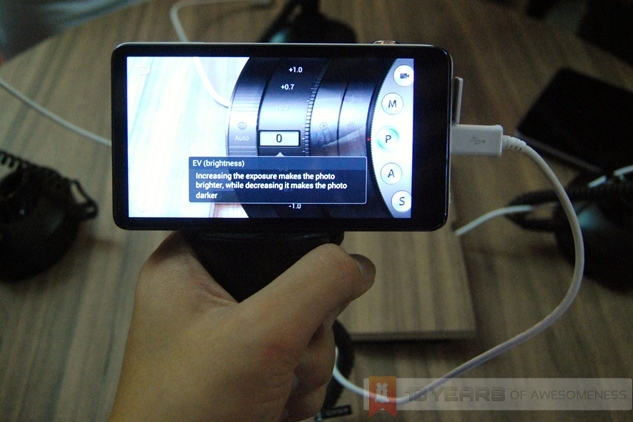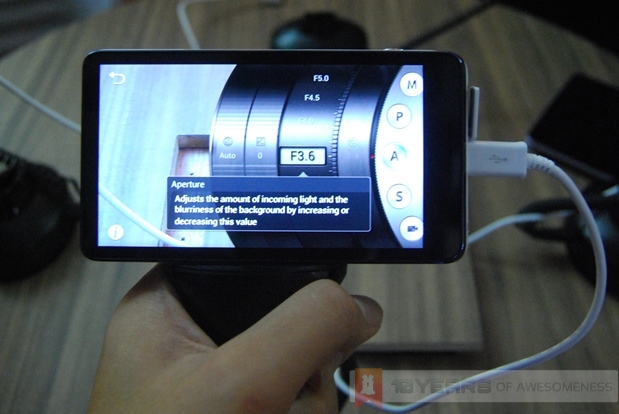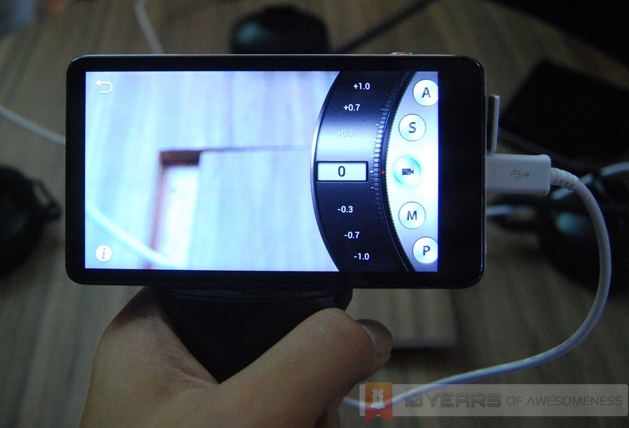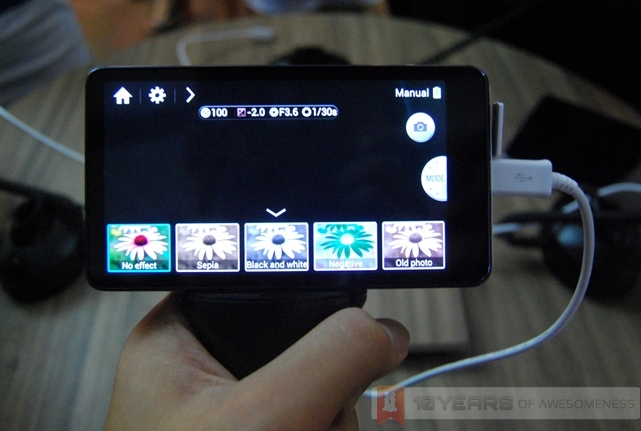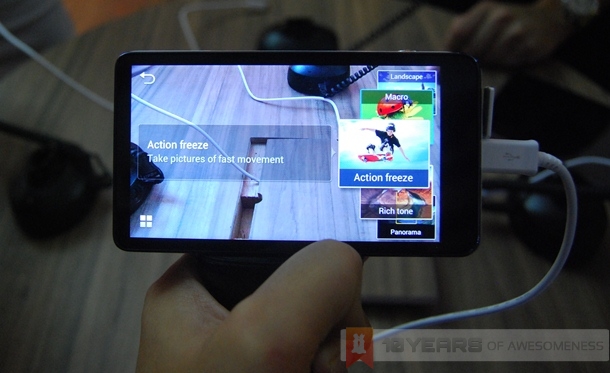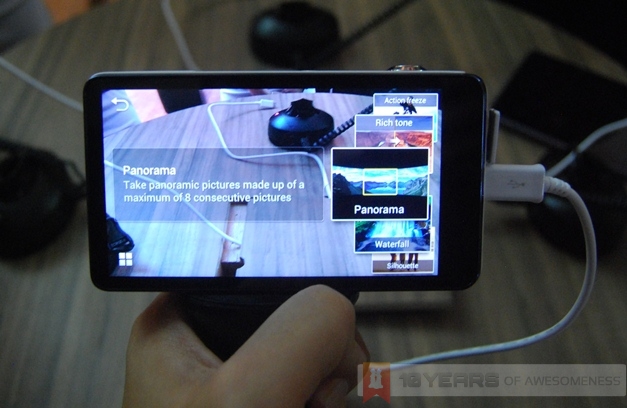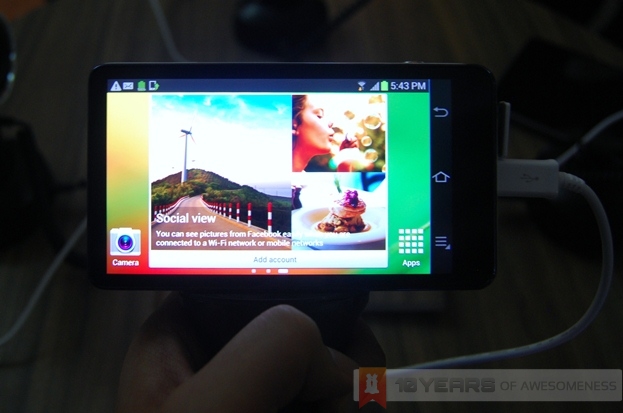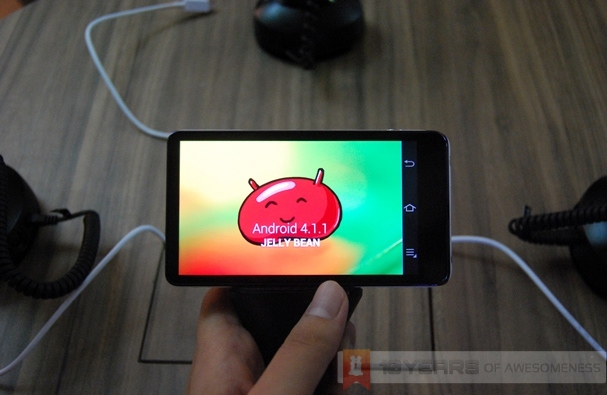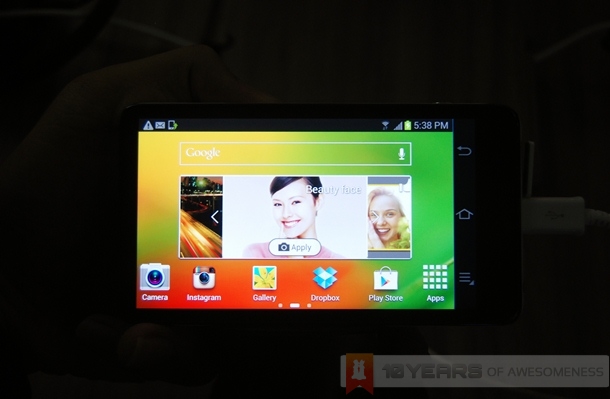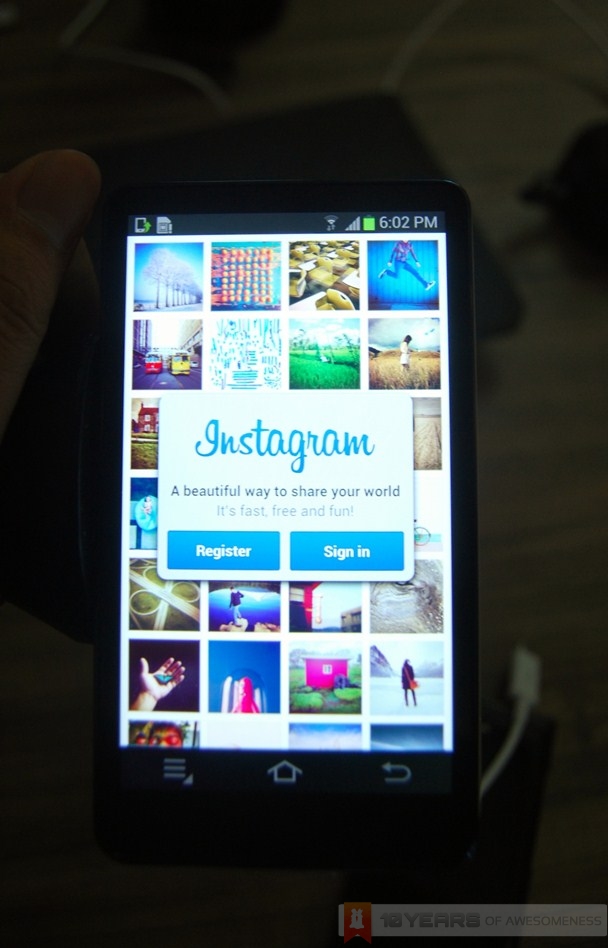Samsung has gone into uncharted lands with the new Galaxy Camera. It looks like a digital camera, it has a 16MP sensor with 21x optical zoom, but it also has a micro SIM card slot and runs on Android 4.1. That alone piqued plenty of curiosity, and we had a brief moment with the part digital camera, part smartphone.
Head on after the break for our first impressions on the device, as well as plenty of photos.
The first thing that strikes you about the Galaxy Camera is its size. For a point-and-shoot digital camera, it is pretty hefty. In fact, it was wider than the Nikon DSLR that we were using, and hardly pocketable. Some may even find the 300g weight a little on the heavy side of things, although we didn’t really have a problem with the weight (having getting used to lugging DSLRs around).
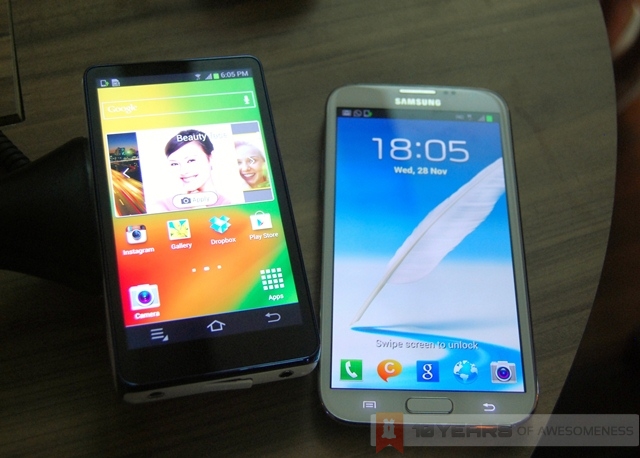 Samsung Galaxy Camera (left) and the Galaxy Note II (right)
Samsung Galaxy Camera (left) and the Galaxy Note II (right)
The bulk can be largely explained by the huge 4.8-inch screen at the back. According to Samsung, the screen is a Super Clear Touch Display with a resolution of 1280 x 720. There’s also no physical buttons at the back, with most operations being navigated via touch input. To put it simply, we really like the screen. At 4.8 inches, it is the same size as the Galaxy S III smartphone, so using the camera as an Android device is not a pain to the eyes. It’s even large enough for basic photo editing, again without straining the eyes.
One thing we did notice is that the screen does not have automatic brightness, so even under good lighting conditions, the brightness will always be at one setting – which will have a big impact on battery life. When you consider that the Galaxy Camera only packs a miniscule 1650mAh battery (slated for a rather low 340 photos) and with the battery-chugging 3G connection, you would want the system to conserve as much battery as it can. Fortunately, users can set the screen to switch off between shots.
On the other hand, the camera interface has been kept minimal, which we like. Of course, should you wish to take greater control of your shots, you can activate Expert Mode, which allows users to set exposure, aperture and shutter speed values. There are also 15 Smart Modes that have preset settings such as Macro, Landscape, Fireworks and Panorama. One interesting mode is Light Trace, which has presets for those who wish to snap long exposure shots.
Also, just like smartphone cameras, there are a set of filters that can be chosen before the photo is taken. If that’s not enough, there is Samsung’s Photo Wizard, featuring a comprehensive set of 35 photo-editing tools that can be done straight from the camera itself.
As for image quality, we could not really put the camera through its paces, since the cameras were locked to their docking stations. We’ll be sure to test it out extensively when we are reviewing it.
On the other hand, there were no issues with using the camera as an Android device. Running on the latest Android 4.1 OS, and powered by the same processor found in the Galaxy S III, everything runs smoothly on the camera. You can even set the device to instantly upload your shots to Facebook, Twitter, Instagram as well as your Dropbox accounts. If that’s not enough, you can browse the web, download apps, play games, make VoIP and video calls – everything an Android device can do. However, you can’t make traditional calls and texts.
Interestingly, the Galaxy Camera only works on 3G and WiFi. There is no support for 2G or EDGE networks. In cities this will not be much of a problem, but if you’re hoping to take the camera into more rural areas with limited 3G connectivity, you won’t be able to upload your shots anytime soon until you find a WiFi hotspot.
Nevertheless, we will take a closer look at the Galaxy Camera when it arrives to our HQ for our review. Stay tuned!
Follow us on Instagram, Facebook, Twitter or Telegram for more updates and breaking news.


